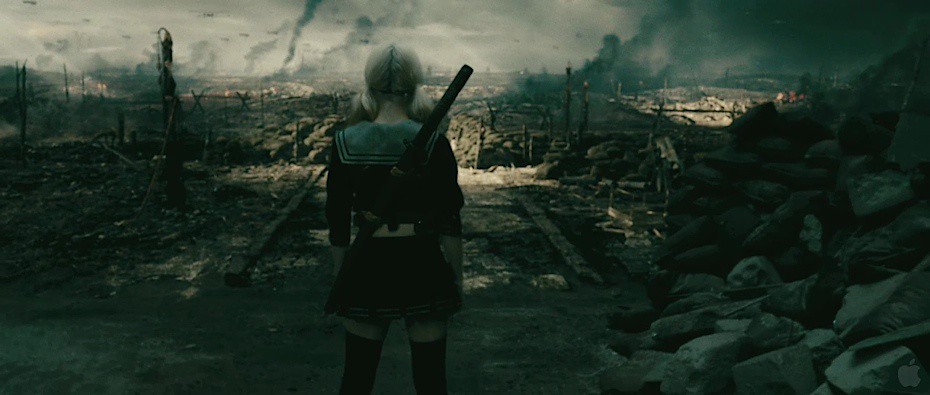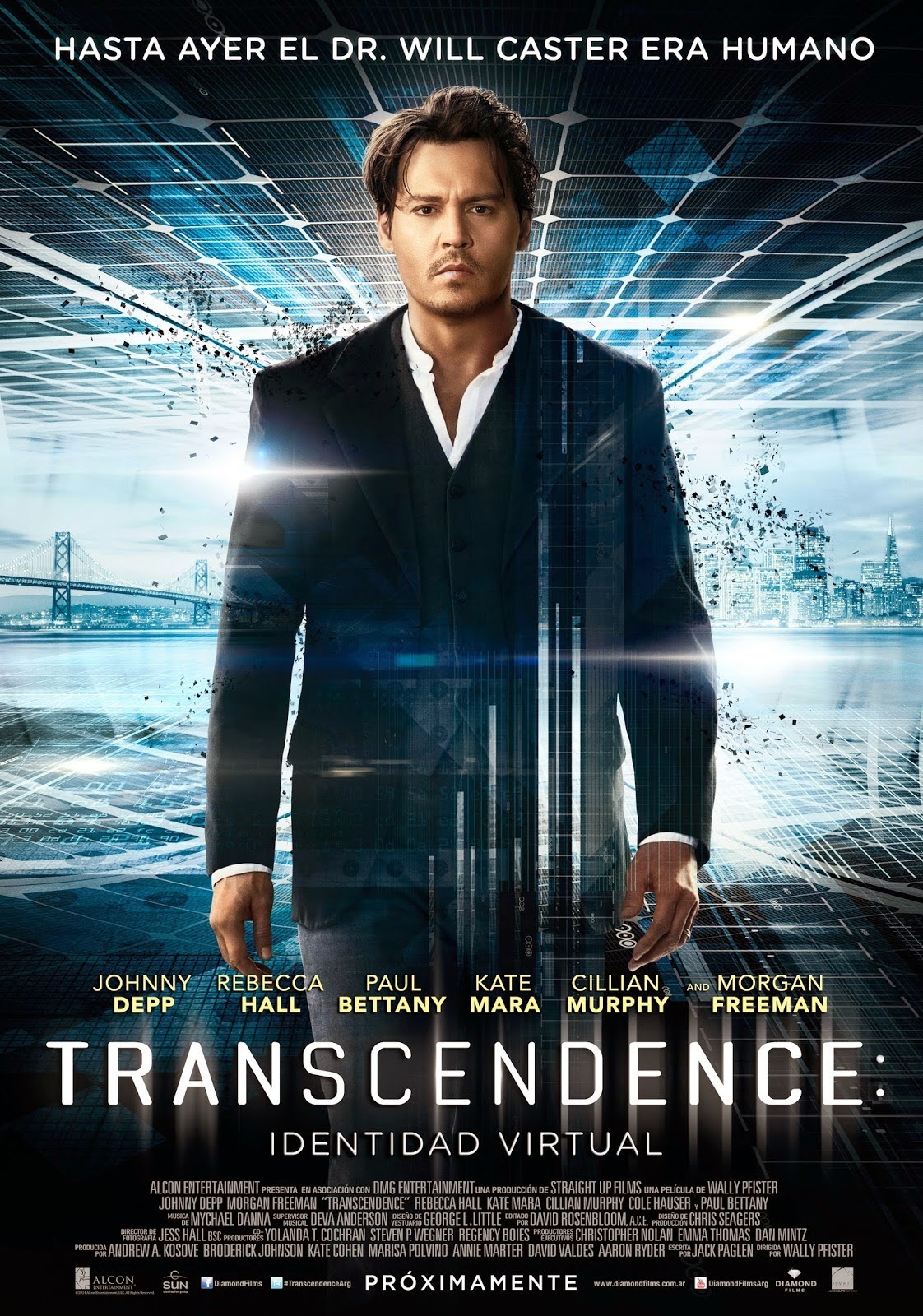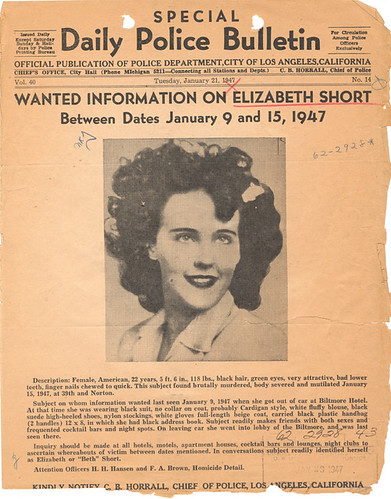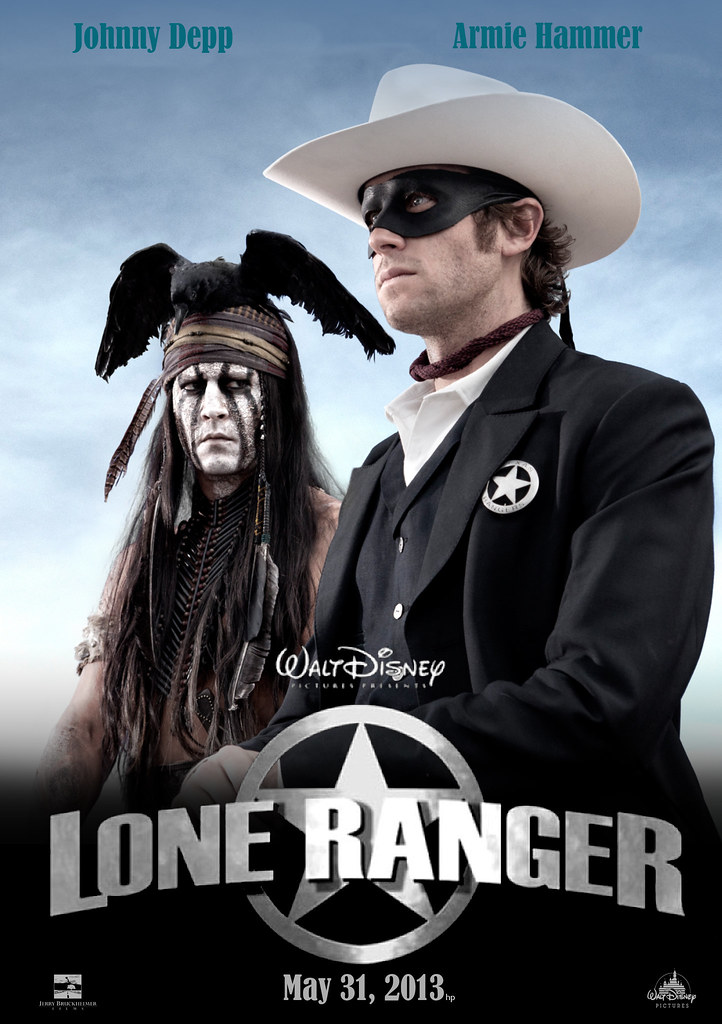
Every movie lover has experienced that unique blend of excitement and anticipation when a new film is announced, promising a concept so brilliant, a cast so captivating, or a vision so ambitious that it feels destined for greatness. It’s the thrill of imagining what could be, the hope that this will be the next groundbreaking cinematic achievement. However, as veterans of the silver screen know all too well, a compelling concept is merely the foundation; the true test lies in the execution.
Indeed, as the team behind The Flop House aptly puts it, “A great film concept is not just one that feels clever, or gives a zing of ‘I gotta see what that is,’ but also illuminates something about human nature through the characters involved or speaks to something in society.” The sting of a movie failing to deliver on its potential is often far greater than that of a film with no potential at all. It leaves audiences wondering what went wrong, feeling that the creative energies involved diverged from the core vision, resulting in something less than the sum of its parts.
In this comprehensive analysis, we’re taking a deep dive into 12 movies that, despite possessing undeniably strong premises, a wealth of talent, and often considerable budgets, ultimately faltered in their delivery. These are the films that left us shaking our heads, imagining the masterpieces they could have been. Join us as we explore the top half of our list, breaking down where these promising projects veered off course and why their failure to execute still resonates with fans today.

1. **Sucker Punch (2011)**: From the visionary director Zack Snyder, known for his epic action extravaganzas like “Dawn of the Dead” and “300,” came “Sucker Punch,” a film that promised a Japan-influenced ultra-flick exploring a fascinating psychological premise. The core idea was deeply intriguing: a helpless girl, unable to deal with reality, retreats into vivid, psychotic episodes where she transforms into a powerful heroine. This concept offered the potential for a visually stunning, emotionally rich narrative, delving into themes of escapism, trauma, and empowerment through a unique lens of fantasy action.
However, despite Snyder’s distinct visual flair, the execution of “Sucker Punch” proved deeply divisive and ultimately disappointing for many. Critics and audiences found the film to be “buried under strata of bad CGI and even worse acting.” The ambitious visuals, instead of enhancing the story, often felt overwhelming and disconnected, struggling to support a narrative that many perceived as an “incoherent visual tone poem.” The film’s intricate layers of reality and fantasy, rather than creating a rich tapestry, often led to confusion.
Perhaps the most critical failure, as noted in the context, was Snyder’s “distinct inability to deal with story structure and character development.” The emotional depth that the premise hinted at never fully materialized, leaving viewers with a sense that the film “fails to impart any sense of emotional depth.” What could have been a powerful, introspective journey into the mind of a traumatized young woman became, for many, a flashy but ultimately hollow experience, squandering its unique conceptual foundation.

2. **Cowboys & Aliens (2011)**: Take the gritty, iconic tropes of the Wild West and collide them with the thrilling, futuristic spectacle of extraterrestrial invasion. The mere title, “Cowboys & Aliens,” immediately conjures images of genre-bending brilliance, promising an epic tale of frontier grit meeting otherworldly terror. With the director of “Iron Man,” the early 21st-century James Bond (Daniel Craig), and the legendary Han Solo (Harrison Ford) at the helm, this American-Canadian production seemed like a surefire blockbuster. Producers must have been confident they had a cultural phenomenon on their hands.
Yet, the reality of the film was a significant letdown. Despite its incredible pedigree and tantalizing concept, “the whole was not nearly as rousing as the sum of its parts.” The film inexplicably managed to be “less sense than its title,” failing to capitalize on the inherent comedic or dramatic potential of its premise. Instead of ingeniously blending its disparate genres, it seemed to actively “opt not to take advantage of the tropes of either genre,” leaving both western and sci-fi fans feeling underserved.
The narrative struggled to establish compelling stakes, often focusing “on a group of characters that were just as lost as the audience.” The opportunity to create a unique world where cowboys fought alongside or against aliens was largely missed, replaced by a sense of aimless storytelling. While the potential for a fresh, exhilarating blockbuster was undeniably there, the “execution was lacking,” transforming a concept that should have soared into a cinematic shrug.

3. **Transcendence (2014)**: Artificial intelligence and the future of computer science have always been fertile ground for thought-provoking science fiction, and “Transcendence” arrived with a premise designed to spark deep philosophical debate. The film promised to explore what happens when human consciousness is uploaded, delving into the very nature of existence, identity, and the boundaries of technology. With familiar and well-loved faces filling all the main roles, the stage was set for a powerful sci-fi brainteaser that asked profound questions about humanity’s technological destiny.
However, the film, unfortunately, became a “half-hearted attempt at a science-fiction brainteaser” that never truly capitalized on its conceptual strength. While it indeed asked “a lot of questions about the future of computer science and artificial intelligence,” it critically “never puts forth any satisfactory answers.” This left audiences feeling unfulfilled, as if the narrative was more concerned with posing riddles than solving them, or at least guiding viewers toward a meaningful conclusion.
The movie led the viewer “on a narrative goose-chase that doesn’t resolve itself,” creating a disjointed experience that even its talented cast struggled with. The actors, despite their pedigree, found it difficult to “keep up with the disjointed storyline,” which lent “Transcendence” the “awkward feel of a B-movie sci-fi.” The grand intellectual promise of the film ultimately devolved into a convoluted plot that failed to deliver on its ambitious conceptual framework, leaving a void where profound insights should have been.

4. **The League of Extraordinary Gentlemen (2003)**: Imagine a dream team of Victorian-era literary titans: Allan Quatermain, Captain Nemo, Dorian Gray, Dr. Jekyll/Mr. Hyde, the Invisible Man, and Mina Harker. This incredible concept, pulled from an epic comic book anthology by one of the most influential comic book writers of all time, seemed like a guaranteed recipe for a groundbreaking comic book adaptation. With the legendary Sean Connery starring as the adventure-seeking leader, the potential for a sophisticated, action-packed, and character-rich cinematic universe, long before the modern superhero boom, was undeniably immense.
Regrettably, “The League of Extraordinary Gentlemen,” or LXG as it’s almost never fondly remembered, became a significant critical and commercial flop. The film faced the daunting task of adapting a complex, multi-layered graphic novel into a single cinematic narrative, a challenge it spectacularly failed. The result was a “condensed storyline that became incoherent” and a severe lack of “any semblance of character development.” This meant that the exciting dynamic of these iconic characters interacting and clashing was largely lost, replaced by a rushed and confusing plot.
The film’s inability to do justice to its source material and its celebrated ensemble cast left a lasting impression of disappointment. The context wryly notes that “Somewhere in a deep magical cave, Alan Moore is probably still cursing Hollywood,” a sentiment that perfectly encapsulates the frustration of fans who saw a brilliant concept mishandled. What should have been a triumphant assembly of literary legends was instead reduced to a forgettable misadventure, an unfortunate testament to how even the strongest premises can buckle under poor adaptation choices.

5. **The Black Dahlia (2006)**: James Ellroy’s novel “The Black Dahlia” stands as a towering achievement in crime fiction, a critically acclaimed and immensely popular work based on the haunting, unsolved murder of Elizabeth Short. The adaptation of such rich source material, following two police detectives immersed in the grim underworld of 1940s Los Angeles as they try to solve the infamous case, held tremendous cinematic promise. With the dark, intricate narrative of the novel, the atmospheric potential of film noir, and a star-studded cast eager to dive into its depths, this project seemed destined for a powerful and engrossing cinematic experience that would do justice to its literary predecessor.
Regrettably, the film’s journey to the screen was fraught with changes, most notably the departure of David Fincher, who had originally been slated to direct before moving on to “Zodiac.” His replacement, Brian De Palma, ultimately delivered a movie that many critics felt was a “parody of film noir” rather than a respectful homage or a compelling adaptation. The unique stylistic choices and narrative precision that defined the novel were replaced by an execution that struggled to find its footing, leaving audiences and critics alike questioning the direction.
The primary criticisms leveled against “The Black Dahlia” centered on its “incoherent and needlessly complicated” script, which often obscured rather than illuminated the intricate mystery. Despite assembling a stellar cast, De Palma reportedly struggled to elicit strong performances, leaving the actors adrift in a convoluted plot. Both the director and the original author, however, maintained that an initial three-hour cut of the film was significantly superior, suggesting that studio interference or editing choices may have played a hand in its final, disappointing form. What started with the potential for a gripping, atmospheric noir ended up as a perplexing and largely unsatisfying adaptation.

6. **The Lone Ranger (2013)**: The very idea of a big-budget “Lone Ranger” movie in the modern era, especially one reuniting the creative forces behind the wildly successful “Pirates of the Caribbean” series – director Gore Verbinski and star Johnny Depp – sparked considerable excitement. The promise was clear: a fresh, action-packed, and visually stunning return to the iconic Wild West, infused with the quirky charm and grand scale that made their previous collaboration a phenomenon. It was envisioned as the Western genre’s grand return to the mainstream, a cultural touchstone that would capture the imagination of a new generation while honoring the classic elements.
However, “The Lone Ranger” ultimately became a significant disappointment, widely perceived as an “Old West take on the ‘Pirates’ films, but without any of the charm that made them work.” Despite its undeniably impressive set pieces, which some lauded for their “Buster Keaton-levels of creativity,” the film faltered in nearly every other department. The narrative suffered from a glacial pace, leaving viewers disengaged as the story meandered rather than propelled forward. This slow burn was compounded by bland characterizations for both its heroes and villains, making it difficult for audiences to invest emotionally in their struggles.
Further complicating matters, the film’s portrayal of Native American history generated significant controversy, drawing criticism that further hampered its reception and critical standing. This added layer of cultural insensitivity only deepened the sense of missed opportunity. While the ambition for a triumphant Western revival was evident, the film’s inability to deliver a compelling story, coupled with its narrative shortcomings and controversies, meant that this once-promising blockbuster instead became a forgettable misfire, failing to ignite the spark that might have relaunched an entire genre.
In an industry constantly chasing the next big hit or the expansion of a cinematic universe, the temptation to prioritize spectacle or franchise over substance can be overwhelming. Yet, as The Flop House aptly articulated, the most impactful concepts are those that “illuminate something about human nature” or “speak to something in society.” When films lose sight of this core, when they become “too many cooks in the kitchen” or cynical cash grabs, the audience feels the disconnect. The longing for the masterpieces these films *could* have been lingers, a testament to the enduring power of a great idea, even when its execution falls short. The silver screen remains a canvas for dreams, but it is the diligent hand of the storyteller, not just the grandeur of the concept, that ultimately paints a lasting legacy.


